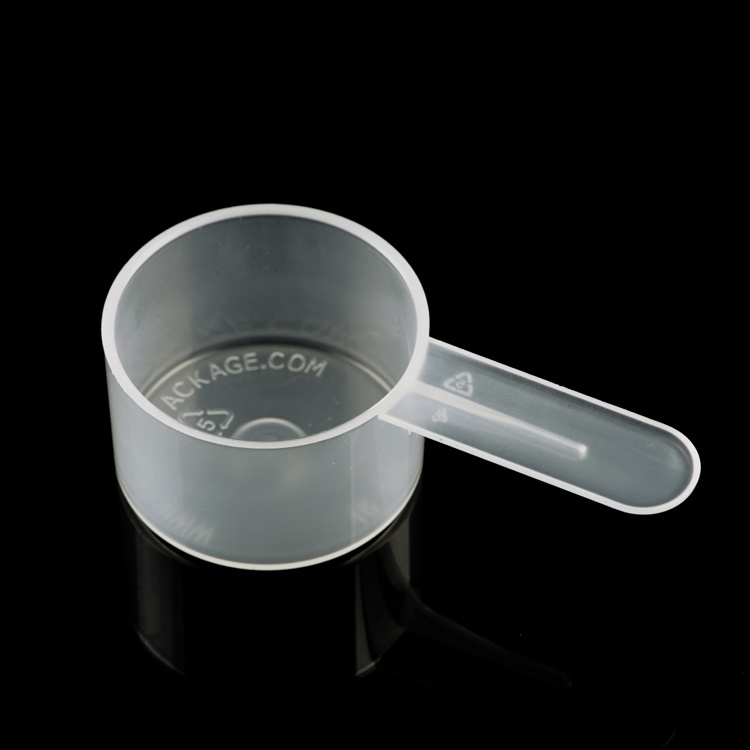Protein powder has become a staple in many diets. It serves various purposes, from building muscle to aiding post-workout recovery. With the myriad of options available, determining the best way to mix protein powder can be a daunting task. In this article, we will explore various mixing options, tips, and recipes to create delicious and nutritious drinks, shakes, and meals.
Understanding Protein Powder Types
Whey Protein
Whey protein is one of the most common types of protein powder. It digests quickly, making it an ideal choice for post-workout recovery. Moreover, it boasts a complete amino acid profile. This means it contains all nine essential amino acids your body requires. Additionally, whey protein helps in muscle growth and repair. Many fitness enthusiasts prefer this type because of its effectiveness. Furthermore, it comes in various flavors, making it easy to blend into different drinks and recipes.
Despite its benefits, whey protein is not suitable for everyone. Some individuals may experience lactose intolerance, leading to discomfort. However, there are alternatives that you can explore, such as plant-based proteins. Overall, understanding your personal dietary needs will guide your protein powder choice. This will ensure that you enjoy the benefits without any negative side effects.
Plant-Based Protein
Plant-based protein powders have gained popularity in recent years. They cater to those with dietary restrictions or preferences, such as vegans. Common sources include pea, hemp, brown rice, and soy proteins. Each of these sources offers unique benefits and nutritional profiles. For instance, pea protein is rich in iron and heart-healthy.
Additionally, plant-based proteins tend to have less allergens compared to whey. They provide a solid alternative for individuals with dairy sensitivities. It’s worth noting that the amino acid profile can vary. Therefore, it’s essential to read labels or consider blends. These can combine different plant sources for a complete amino acid profile. This ensures that you’re getting the necessary nutrition your body needs.

Ideal Mixing Solutions
Water
Mixing protein powder with water is one of the simplest solutions. It provides a straightforward way to consume protein. Simply add the recommended serving of powder into a shaker bottle filled with water, seal it, and shake. The result is a quick protein boost without added sugars or calories. This method is particularly popular among those seeking convenience.
Moreover, mixing with water is ideal post-workout. Post-exercise, your body craves hydration. Water not only provides this hydration but also delivers essential nutrients quickly. Additionally, using water keeps your drink low in calories. This can help maintain your fitness goals. If you find the taste too bland, consider adding a drop of vanilla extract or cinnamon. Even small additions can enhance the flavor significantly.
Milk
Milk serves as an excellent base for mixing protein powder. Whether you choose cow’s milk or plant-based alternatives, each type offers unique flavors and textures. Dairy milk typically provides additional protein and calcium. This makes it a great addition if you’re looking for extra nutrition.
On the other hand, almond, oat, and soy milk offer diverse flavors, sweetness, and nutrition. Using milk adds creaminess to your shake. This can make your drink more enjoyable while increasing the overall protein content. For those who prefer, you can even combine different milks for a unique taste.
Creating Delicious Shakes
Fruit Smoothies
Fruit smoothies can enhance the taste of your protein shake. Mixing protein powder with fruits offers both flavor and essential nutrients. Begin by selecting your favorite fruits, like bananas, berries, or mangoes. Next, chop them into smaller pieces for easy blending.
Mix your chosen fruit with protein powder and a liquid base in a blender. You can use water, milk, or even coconut water for added flavor. Blend until smooth, ensuring no chunks remain. This method not only tastes delicious but is also visually appealing. Adding leafy greens like spinach can increase nutrient density without altering the flavor significantly. Experiment with combinations to find your unique smoothie blend.
Nut Butters
Incorporating nut butters into your protein shake can enhance the flavor profile. Almond, peanut, or cashew butter adds creaminess and a nutty taste. Start by adding a tablespoon of the nut butter to your shake. This not only provides healthy fats but also increases protein content.
Nut butters pair well with various liquid bases. Combine them with a banana or a scoop of cocoa powder for added flavor. This combination creates a dessert-like shake that satisfies cravings. Remember to blend thoroughly to achieve a smooth consistency. Notably, the healthy fats in nut butter also promote satiety, keeping hunger at bay.

Baking with Protein Powder
Protein Pancakes
Protein pancakes are a delicious way to integrate protein powder into your breakfast. To prepare, substitute a portion of your usual pancake mix with protein powder. This keeps the pancake fluffy but adds nutritional value.
Additionally, consider using mashed bananas or eggs for natural sweetness. This reduces the need for added sugars while enhancing the taste. Cook the pancakes on a griddle until golden brown, flipping as necessary. For extra flavor, top with fresh fruits or a drizzle of maple syrup.
Protein Cookies
Baking cookies with protein powder is another fantastic idea. You can create healthier versions of your favorites without sacrificing taste. Begin by replacing half of the flour in your cookie recipe with protein powder. This boosts the protein content significantly.
You can use the same base ingredients, such as sugar, butter, and eggs. However, consider adding nut butter for a rich flavor. You can also throw in chocolate chips or dried fruits for variety. Bake according to your recipe’s instructions, keeping an eye on doneness. The result will be satisfying cookies that align with your fitness goals.
Creative Protein-Infused Drinks
Iced Coffee
If you enjoy coffee, consider adding protein powder for an energy boost. Iced coffee mixed with protein powder can refresh you while providing essential nutrients. Start by brewing your coffee and letting it cool down.
Once chilled, combine the coffee with protein powder and ice cubes in a blender. Blend thoroughly until smooth. You may also add sweeteners or flavored syrups if desired. This invigorating drink makes a great morning starter or afternoon pick-me-up.
Protein-Enhanced Tea
Tea is another platform for incorporating protein powder. Whether you prefer green, black, or herbal tea, the possibilities are endless. Brew a cup of your favorite tea and allow it to cool.
Mix in your chosen protein powder, stirring well to dissolve. This drink can provide a calming effect while ensuring protein intake. You might want to experiment with different teas for unique flavors. Consider adding honey or lemon for extra taste.

Nutritional Considerations
Protein Intake
Understanding daily protein needs is essential. Factors like age, gender, activity level, and fitness goals play a significant role. Generally, active individuals require higher protein levels. On average, it’s recommended to consume 1.2 to 2.0 grams of protein per kilogram of body weight.
Monitoring your protein intake can enhance muscle recovery and growth. Balancing protein consumption throughout the day is crucial. Incorporating protein powder as a supplement simplifies this process. However, ensure you maintain a balanced diet with whole foods too. This will provide a variety of nutrients that protein powder alone cannot deliver.
Allergies and Intolerances
When selecting protein powder, consider allergies or intolerances. Common allergens include dairy, gluten, and soy. Always read labels carefully, ensuring no unwanted ingredients are present. Plant-based proteins may offer a safer alternative for those with these issues.
In addition to allergies, it’s essential to monitor your body’s reactions. If you experience discomfort after consuming a specific protein powder, consider trying a different one. The wide variety of options ensures you can find a suitable fit.
Conclusion
As we discover, protein powder offers endless mixing options. From classic choices like water and milk to creative recipes like smoothies and pancakes, the possibilities are vast. When integrating protein powder into your diet, remember to consider your personal preferences and nutritional needs. By exploring various combinations, you’ll find the perfect mix for your lifestyle.
The versatility of protein powder empowers you to enhance your meals and snacks. Whether seeking muscle recovery or healthier treats, this supplement can meet your needs. Enjoy the journey of experimenting with flavors, textures, and recipes. A balanced diet, rich in protein sources and overall nutrients, will lead you toward your health goals.




































